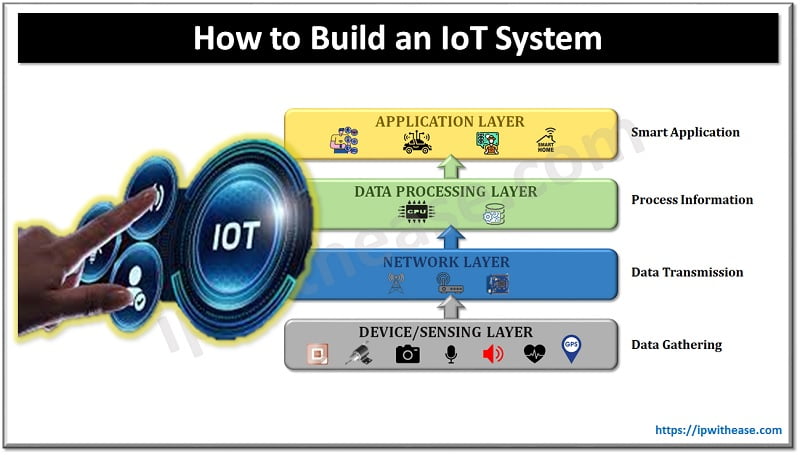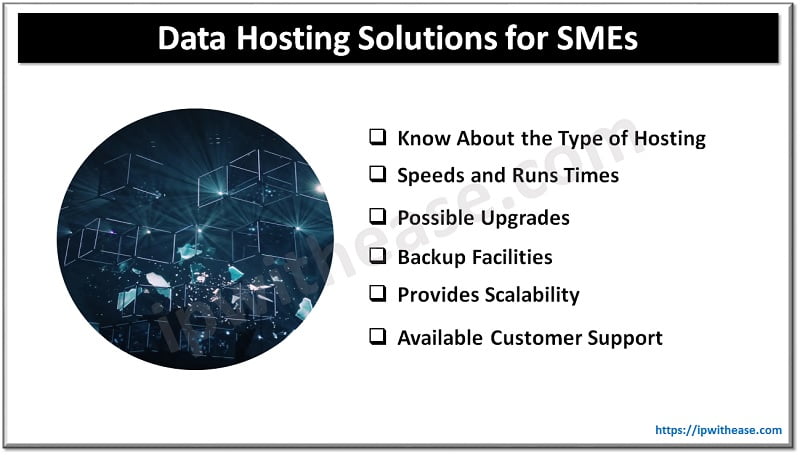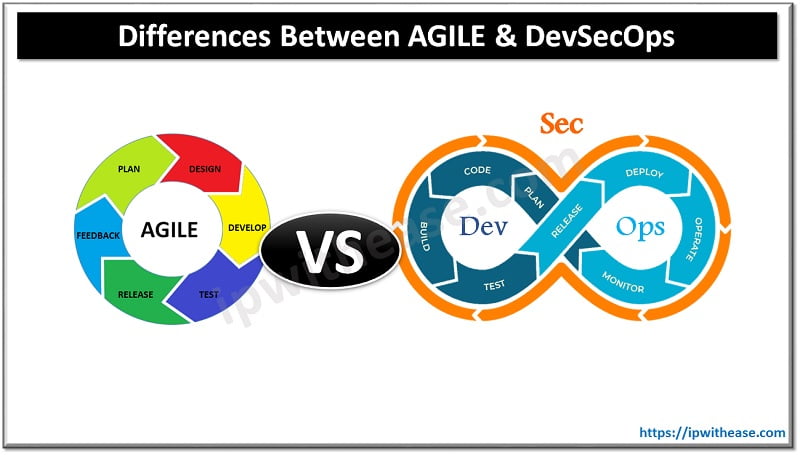Table of Contents
Nowadays, it is paramount to have a way to share documents across different platforms with ease, both for individuals and companies. Word to PDF, a PNG file to JPEG, or an Excel document to Google Sheets are some examples of file conversion everyone should be aware of. Sharing different types of documents quickly saves time and eliminates the hassle. Therefore, it is crucial to know the conventions of file conversion.
The Importance of Cross-Platform Document Sharing
The ability to share documents across multiple platforms is extremely important in modern times. It is a good practice for teamwork on a project, client communication, or staying in touch with friends and family. Moreover, it is fundamental to share documents smoothly on any device.
Not only does cross-platform document sharing eliminate waste of time, but it also boosts efficiency and productivity. There is no need to dwell on software compatibility and allocation of certain devices. As a result, it not only cuts short the process of completing a task but also produces more remarkable results.
The importance of such an approach in businesses is even more immediate. Professional document sharing is a must in today’s global market, where companies compete with multiple tech firm worldwide. It shows professionalism and appreciation of others’ time and is a deceptively substantial advantage.
Related: Google Slides
File Conversion Challenges
Cross-platform document sharing is beneficial, yet it often has challenges connected to file conversion. Understanding those challenges is essential for ensuring a seamless document-sharing experience:
- Formatting can change. Even when the conversion does not result in a total mess of text and images, some smaller details, such as fonts, spacing, and alignment, may still not be converted to the new format. As a result, there will be discrepancies between the original and the read format, which might cause confusion.
- Not all file types can be accessed through all platforms. Sometimes, other users might not use the conversion tools you have used, and the file will be converted by someone else, following other requirements. This increases the risk of important features of a specialized design or engineering file being lost in conversion.
- The data contained in a document is not always secure. Rather complex documents and reports often rely on several things, such as formulas, macros, and embedded objects, to stay functional and look the way they do. When converted, they may be altered or lost altogether, which is especially problematic with regard to heavily data-reliant documents, such as financial reports or spreadsheets.
- Some large multimedia or images are difficult to share due to their large size. It means that they might require the application of an appropriate conversion tool that would effectively compress the content. However, they also might lose some quality when compressed too hard.
- There are too many conversion tools on the market, and they all have different capabilities. Thus, finding the right one is always difficult. It also means that people often use different conversion tools, which contributes to the lack of standardization.
So, to convert files from one format to another, consider the appropriate tools and options, as well as knowledge of the formats and conversion techniques. This will help you avoid mistakes and gain the benefits of cross-platform document sharing.
Best Practices for Seamless Cross-Platform Document Sharing
Sharing documents from one platform to another can be challenging. However, following best practices can make it much simpler and ensure the integrity of shared documents throughout the process.
- Selecting the right file format can make all the difference. To convert to PDF is perfect for retaining the format, but is often not well-suited for documents that are heavily edited. Microsoft Office and Google Workspace files, on the other hand, can be much better for this purpose.
- Preparing your file can also be very important. This includes ensuring that all fonts are embedded and all images and objects are included. Additionally, using more specialized features might not work, so it is better to avoid them where possible.
- Cloud services, like Google Drive, Dropbox, or Microsoft OneDrive, are great options for storing and sharing documents with others. They allow users to access the most recent version of the file from any device and make real-time changes to the file.
- Utilize top-quality converters and do not convert more than a couple of times. Even with the best converters, there will often be some problems, which is why documents must be checked afterward for any irregularities. Recipients must also be provided with information on how to best access and view these documents.
- Information about file formats and new converters must be constantly updated. The technology in this area is constantly evolving, sometimes with file formats that never existed before or with much more effective converters.
Implementation of these best practices will result in better workflow efficiency and enhanced collaboration. It will guarantee that your documents remain consistent and that you create an accessible experience for all parties involved.
Conclusion
Document sharing across different platforms is necessary in our increasingly computerized lives. While it can be a complex process, it can be greatly mitigated by applying certain practices and technologies. By constantly acquiring new information about file formats and conversion tools and using cloud services, the process can be made much easier. This approach will increase the efficient use of time at work and create a positive impression on the people to whom the documents are conveyed.
ABOUT THE AUTHOR
IPwithease is aimed at sharing knowledge across varied domains like Network, Security, Virtualization, Software, Wireless, etc.



